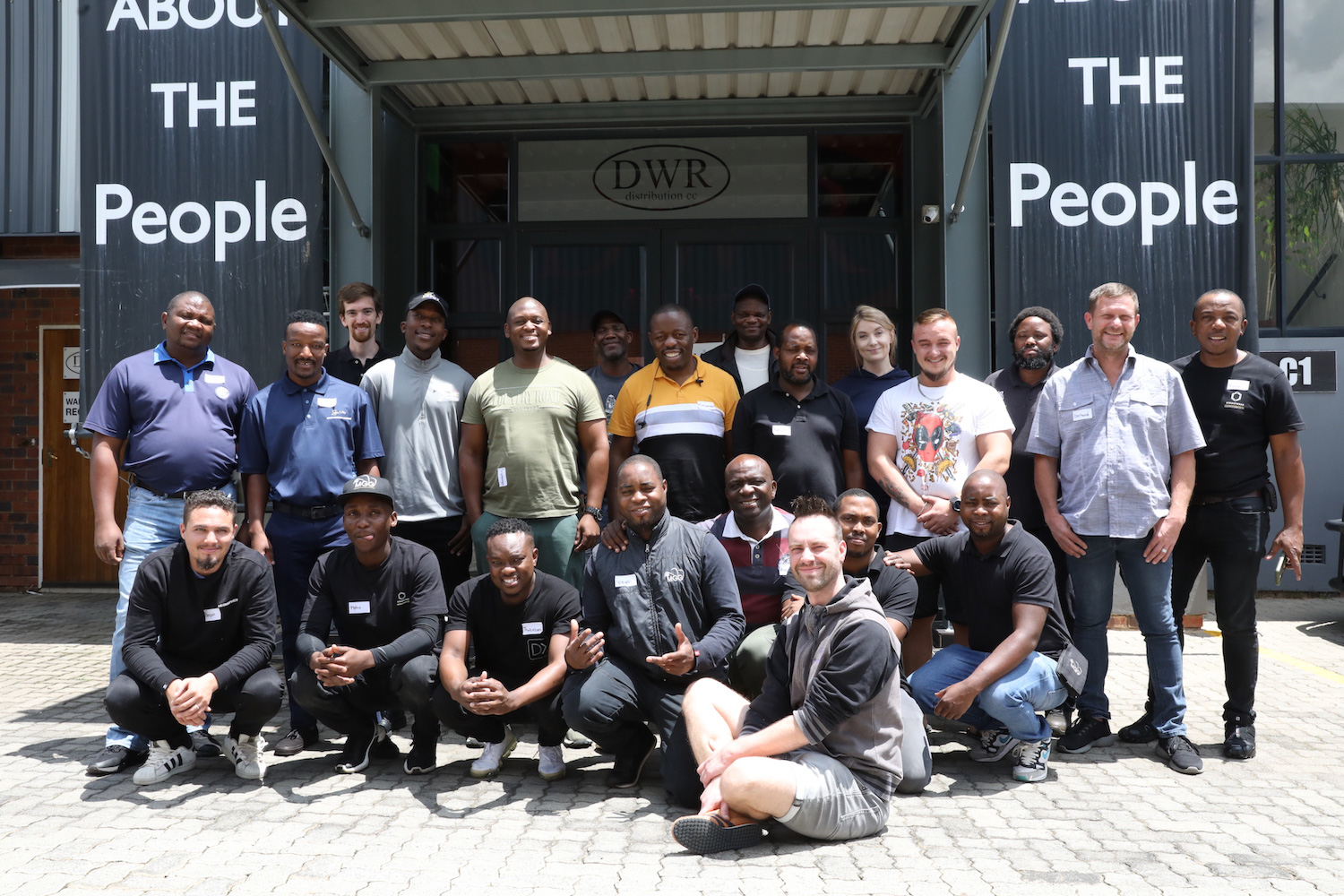Ruud de Deugd brings rigging insight to SA
- Details

This was the third annual Rigging Training presented in South Africa by Ruud, the owner of T&E Support, which was interrupted for a couple of years by the COVID-19 pandemic.
Many countries are not regulated when specifically focussing on large structures. “In certain venues in the UK, riggers are only permitted to work if they have completed the NRC (National Rigging Certificate)," Ruud explains. "It's a good course but does not regulate the rest of Europe [yet]. For many places, there are no requirements." He is happy to report that requests for rigging training are on the increase from across the globe including Mexico, Indonesia and Dubai.
Over the years, stages have changed to become technologically driven, large LED screens are part and parcel of many shows and rigs are a lot heavier. Ruud often asks his delegates to imagine a green button on a motor controller being pressed and suddenly seeing 20 tons moving at the touch of a button. "If the wrong button is pressed on a lighting console, most of the time, it would not lead to a fatality or injury, but if there is a failure or mistake in rigging, it's a disaster,” he says. “Failures often come from being unaware.”
Ruud is the first to admit that he isn't able to certify delegates after a one-week course. “I give delegates certificates of attendance, but I can’t qualify someone as a rigger if they have only done a five-day course. You need practical experience, which you can’t get in a week.”
In the live events industry, many riggers have learnt from the ones who went before them, but over the last few years, the industry and stages have changed.
“Technology has changed and if we talk about hoists, there are so many different hoists available,” Ruud says. “Ten years ago, there were not as many brands as there are now, with each manufacturer offering various types and capacities for the end user to consider. It’s the same with trussing. How many companies are out there now? Maybe it’s not a bad thing as it gives the end user more opportunities to choose but with these opportunities are differences, even in the way of putting up a structure. Not all trusses are made equal, and at the end of the day, it’s a choice people make.”
Ruud adds, “Normally when I do courses elsewhere in the world, we have up to ten to twelve people, in South Africa, we had 22. I accommodate this because it’s a privilege to come over and share the word on how we should work safely, no matter where you work in the world.
“The training was fun and you could tell from the interaction in the class that delegates were willing to speak and share their knowledge and experience.”
Ruud concludes. “A health and safety officer is okay to have on-site, but they usually don’t have real competence to know what’s really going on in the field of rigging and structures, so there is a lack of knowledge. That’s the world over, but having said that, we are a niche market and it will take time to have those positions filled. We really are still a young industry. I mean, when did it really start, around the 50s or 60s? We are not even a hundred years old, but we are evolving quickly. It will come. The people will come and until then, I will do my best to share my knowledge with others.”
















